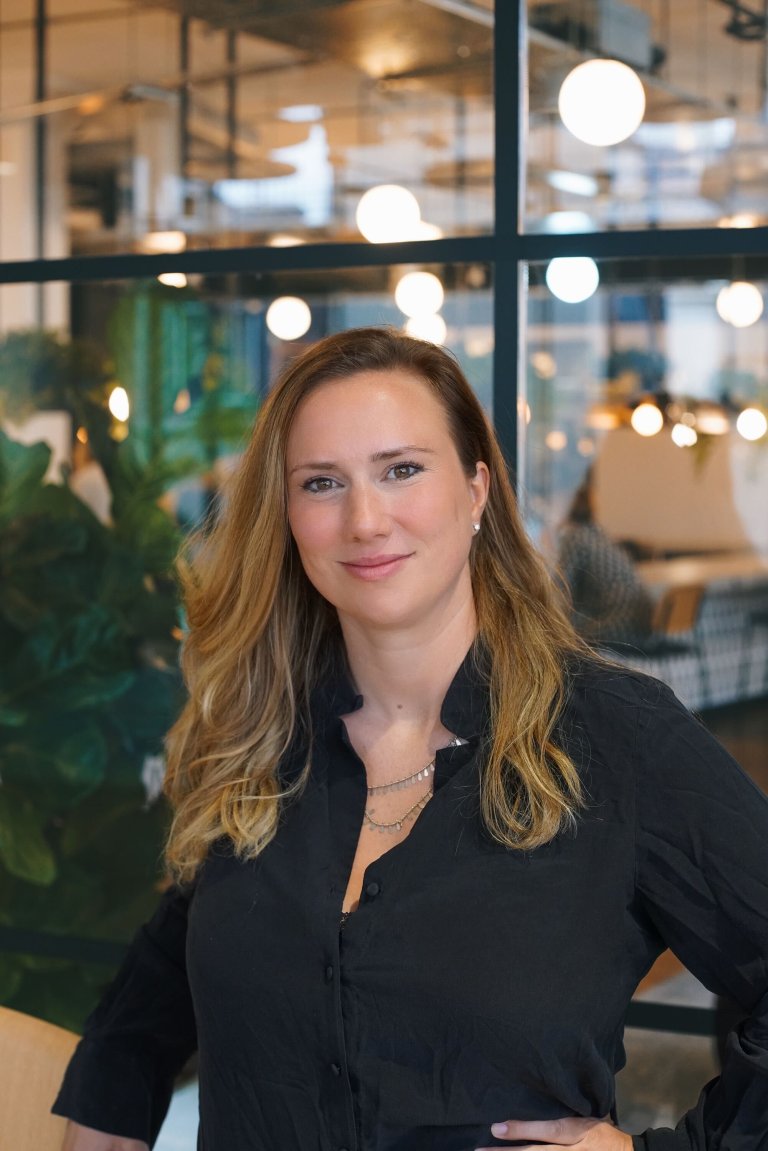“Diversity is being invited to the party; inclusion is being asked to dance.” – Verna Myers.
In today’s diverse and complex market, creating products or campaigns that appeal to everyone is no longer realistic. Consumers—especially Gen Z and Millennials—are made up of diverse subsets that demand brands cater to their unique values, experiences, and needs. Instead of trying to fit them into a one-size-fits-all model, smart brands adopt an “add in” culture, where underrepresented and hard-to-reach communities are actively shaping what they do.
While the media loves to call Gen Z and Millennials contradictory—simultaneously wanting sustainability and convenience, or authenticity and digital gratification—the truth is, these broad labels oversimplify vast groups of people. It’s time to see these generations for what they really are: diverse subsets with different needs. That’s were adding in their voices leads to more meaningful products and campaigns.
The real cost of fitting in
Let’s get real—if you’re not listening to underrepresented communities, you’re leaving innovation, connection, and revenue on the table. Consumers are more diverse than ever, and ignoring these voices not only makes your brand seem out of touch, but it can alienate large sections of your potential audience. When brands don’t give these communities a seat at the table, they end up creating one-dimensional products and campaigns that miss the mark.
It’s not just about doing the right thing—it’s smart business. When you genuinely “add in” diverse perspectives, you create spaces where unique voices influence outcomes and shape real decisions. Inclusion isn’t a checkbox; it’s about ensuring every distinct perspective drives innovation. By uncovering insights from these voices, businesses can create breakthrough products and campaigns that feel relevant and authentic to all, avoiding stagnation and irrelevance.
Why adding in changes the game
The “add in” approach isn’t just an ethical choice—it’s a competitive advantage. By including underrepresented communities in the process of shaping your marketing strategies and products, you create solutions that resonate on a more profound level. Here’s how:
- It drives radical innovation
When you rely on one-size-fits-all thinking, you’re stuck in the middle of the road—safe, but uninspired. Innovation comes when you bring in voices from the edges, particularly from underrepresented groups who see the world through a different lens. By adding these perspectives into your product development process, you can break free from generic ideas and create something that truly stands out. This approach lets brands cater to the diverse subsets of Gen Z and Millennials rather than treating them as a single monolithic group.
In the beauty industry, Fenty Beauty revolutionised the market by launching 40 shades of foundation in their initial product line, catering to a wide range of skin tones. Before Fenty, many brands followed a one-size-fits-all model, offering limited shade ranges that left many women of colour underserved. By adding in voices from underrepresented groups, Fenty addressed a significant gap and became a leader in inclusivity, shaking up the industry with radical innovation.
-
It makes your brand truly empathetic
Consumers aren’t just looking for products—they’re looking for solutions to their unique problems. An add in culture helps you design with empathy by engaging diverse communities and listening to their specific needs and desires. Whether you’re catering to eco-conscious Gen Z-ers or convenience-focused Millennials, understanding these subsets helps you create products that resonate on a personal level. One-size-fits-all products simply don’t deliver the empathy that today’s consumers demand.
Nike launched a hijab designed specifically for Muslim female athletes. Rather than assuming traditional sports gear would work for all women, Nike recognised that Muslim women had different needs and perspectives. By adding in their voices, Nike created a product that was functional and culturally relevant, resonating with a subset of athletes who had previously been overlooked. This empathetic approach showed how understanding unique needs can lead to product success.
-
It leads to culturally resonant campaigns
For marketing strategies to hit home, they need to speak directly to consumers’ experiences, culture, and identity. This is where “adding in” underrepresented voices makes all the difference. By involving these consumers in shaping marketing efforts, brands can create campaigns that are culturally attuned, relevant, and feel like they’ve been crafted by insiders, not outsiders.
Airbnb’s ‘We Accept’ campaign was launched in response to global conversations about inclusion and belonging. Airbnb recognised that different cultural groups had varying experiences and perceptions of travel, particularly marginalised groups who may not have always felt welcome. By adding in diverse perspectives, the campaign highlighted the importance of inclusion in travel, ensuring that Airbnb felt relevant and welcoming to people from a wide variety of backgrounds.
-
It future proofs your brand
Consumer tastes and values are shifting rapidly, and younger generations are more diverse than ever. Brands that fail to engage with underrepresented communities now are setting themselves up for obsolescence in the future. Adopting an “add in” culture ensures that your brand stays ahead of these shifts. It’s not just about meeting today’s needs—it’s about building long-term loyalty with the customers of tomorrow, whose expectations around inclusion and representation are non-negotiable.
Apple Music launched a series of curated playlists tailored to different cultural tastes, from “Africa Now” to “Latinx Essentials.” Instead of assuming that all Gen Z and Millennial listeners had the same musical preferences, Apple created offerings that catered to the diverse tastes within these generations. This approach future-proofs the brand by acknowledging that young consumers are not a monolithic group and that their needs are constantly evolving.
-
It’s an investment in competitive advantage
Let’s be clear: building an “add in” culture isn’t a quick fix—it’s a long-term investment. But brands that make this shift will see lasting results. Studies show that businesses with a focus on inclusion outperform their competitors, with higher revenue growth, more innovation, and stronger consumer loyalty. Giving underrepresented consumers a voice in shaping your brand means you’re not just keeping up with trends; you’re setting them.
Unilever’s Dove Real Beauty campaign continues to succeed because it embraces the diversity of women’s bodies, skin tones, and experiences. Rather than using one narrow definition of beauty, Dove celebrates different shapes, sizes, and identities. By consistently adding in the voices of real women and reflecting the diversity within their consumer base, Dove has built long-term brand loyalty and success across generations and cultures.
The Freemavens formula
We don’t just observe trends; we dive deep into cultural nuances. With a team that speaks 12 languages, we’re uniquely positioned to understand and interpret the subtle differences across cultures from all over the world. By adding in the perspectives of underrepresented and hard-to-reach communities, we help brands uncover insights they didn’t even know they needed. This global fluency allows us to craft strategies that resonate with a diverse range of consumers, ensuring that your products and campaigns feel authentic no matter where in the world they land.
Shape the future
The future belongs to brands that understand the power of inclusion. Giving underrepresented consumers a voice isn’t just a nice-to-have—it’s essential for driving innovation, building empathy-driven products, and crafting campaigns that connect on a deeper level. By embracing an “add in” culture, your brand won’t just survive in a complex market—it’ll lead the way.
So, the next time you’re thinking about how to stay relevant, don’t ask, “How do we fit in?” Instead, ask, “Are we bold enough to add in?” Because if we’re not pushing boundaries, we’re falling behind.















